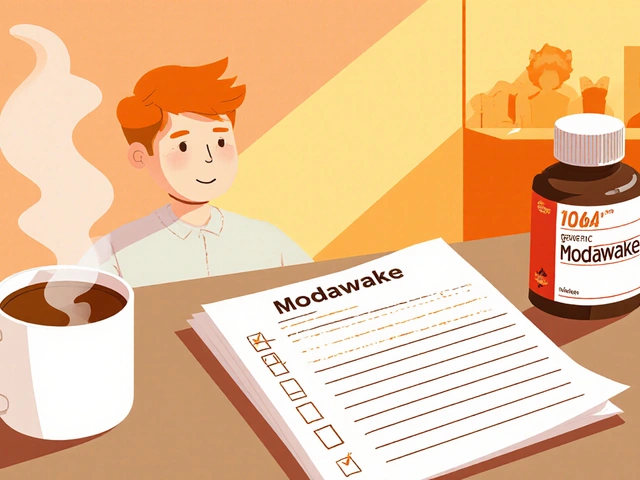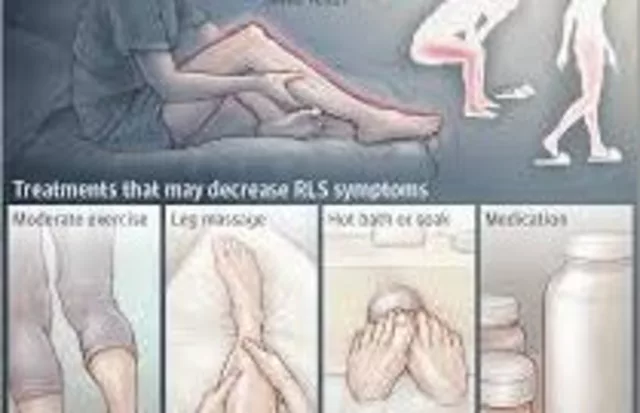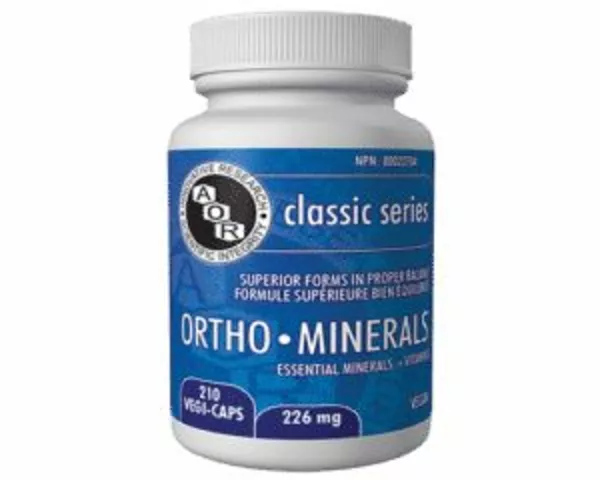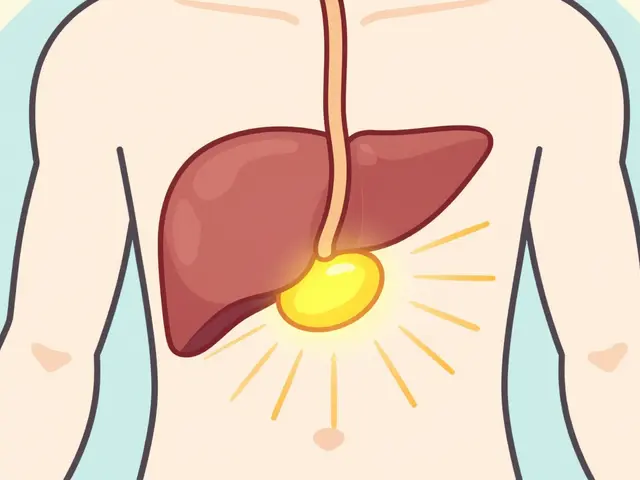Blood Pressure Control: Easy, Practical Steps You Can Start Today
High blood pressure often gives no warning and quietly raises your risk of heart attack and stroke. If you want control, focus on two things: steady home monitoring and reliable daily habits. Here are clear, useful steps you can use now—no medical jargon, just what works.
How to check and track your blood pressure correctly
Buy a validated automatic cuff (upper arm type). Sit quietly for 5 minutes before measuring. Feet flat, back supported, cuff at heart level. Take two readings 1 minute apart and log both; repeat morning and evening for a week to see patterns. Note activity, meds, and caffeine that day—context matters.
Targets vary, but many adults aim for below 130/80 mmHg. If readings spike to 180/120 or you have chest pain, shortness of breath, or weakness, treat it like an emergency and get help right away. If readings are regularly above 140/90, call your clinician to review treatment.
Concrete habits that lower blood pressure
Cut sodium but don’t obsess—reduce processed foods, eat more vegetables, and aim under about 2,300 mg sodium daily (1,500 mg if you’re at higher risk). Lose 5–10% of body weight if you’re overweight; even small drops help. Move: 150 minutes of moderate exercise per week (brisk walking, cycling) lowers pressure and improves mood.
Limit alcohol (ideally 1 drink/day for women, up to 2 for men), sleep 7+ hours, and quit smoking. Stress matters: try simple breathing or 10 minutes of walking daily to calm the nervous system. These changes often reduce the number or dose of drugs you need.
About medicines: several classes work—ACE inhibitors (lisinopril), ARBs (losartan), calcium channel blockers (amlodipine), beta-blockers like metoprolol (Toprol), and diuretics (hydrochlorothiazide, chlorthalidone). For stubborn high readings, low-dose spironolactone can help, but it needs potassium and kidney checks. Some heart drugs (like amiodarone) or interactions can change heart rhythm or blood pressure—always tell your doctor about all meds and supplements.
Buy meds from trusted sources and keep a current medication list. If you see odd side effects—dizziness, fainting, sudden swelling, or high potassium signs—contact your provider. Regular labs (kidney function and electrolytes) are part of safe long-term control, especially on diuretics or ACE/ARB therapy.
Make a simple plan: get a good cuff, record morning/evening for a week, pick two lifestyle moves to start (cut sodium, add 20 minutes walking), and review results with your clinician. Small, steady steps give the best results. Nurx Pharmaceuticals SU is here for clear, practical info if you want to read deeper about specific meds and safe buying tips.

Why Sticking to Azilsartan Medoxomil Therapy Is Crucial for Hypertension Control
Learn why staying on azilsartan medoxomil is vital for blood pressure control, how to overcome adherence barriers, and tips for lasting success.
View More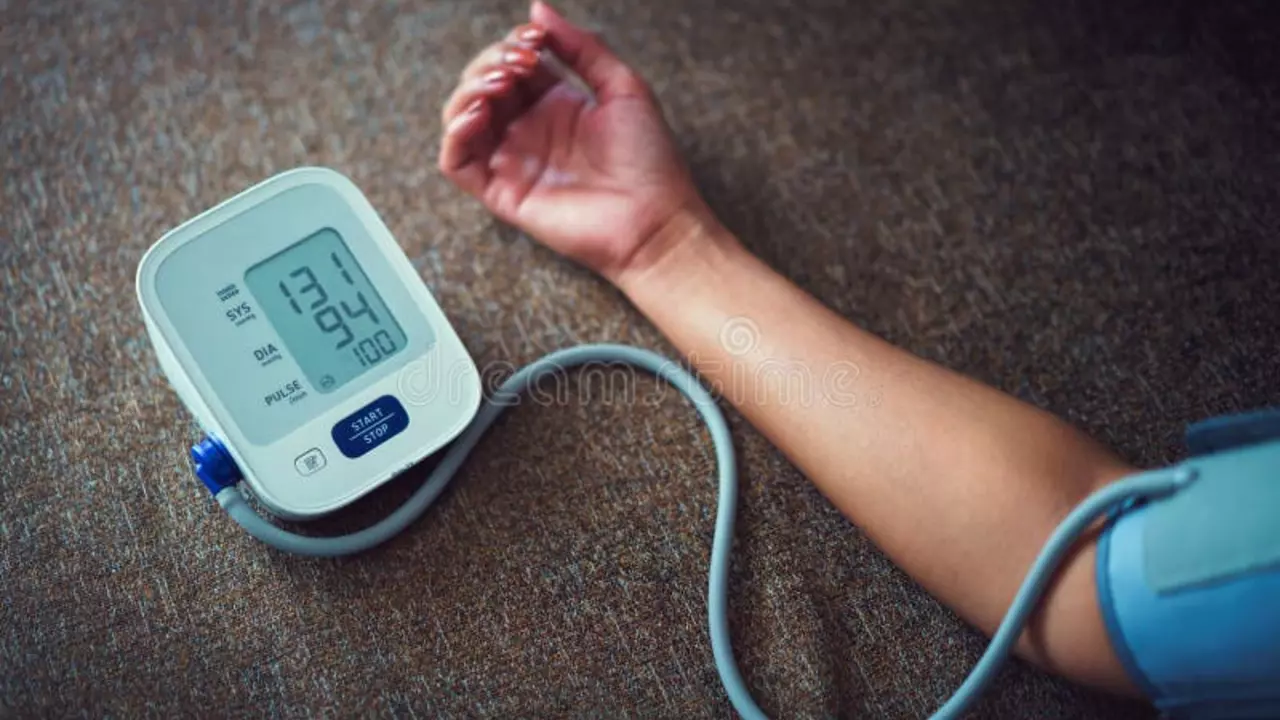
The Long-term Effects of Azilsartan Medoxomil on Blood Pressure Control
So, here we are, diving headfirst into the world of medical jargon again! Today's star is Azilsartan Medoxomil, a tongue twister of a name, but it's got a pretty cool job - controlling blood pressure in the long run. It's like the unsung superhero of the cardiovascular world, working tirelessly to keep your BP in check, day in and day out. From the research I've looked at, this dynamo doesn't just have a temporary effect, oh no, it's in it for the long haul, keeping the pressure steady over extended periods. So, if you're battling high blood pressure, this might just be the trusty sidekick you need!
View More
